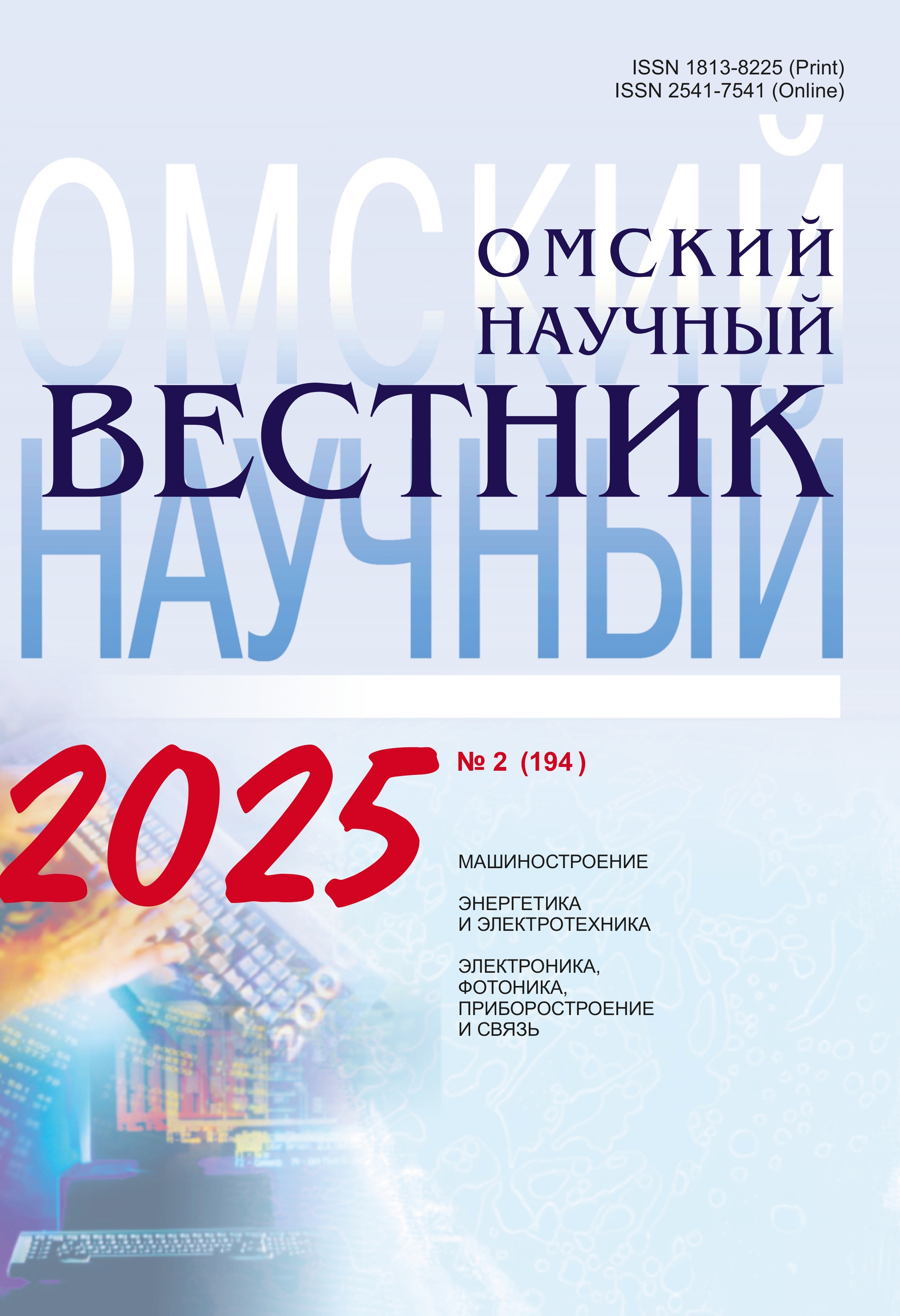Investigation of the environmental impact on the capacity of overhead power lines
DOI:
https://doi.org/10.25206/1813-8225-2025-194-82-88Keywords:
active resistance, power losses, power transmission line, meteorological factors, temperature regime, insulation, finite element method, throughput capacityAbstract
Due to the growing demand for electricity and the deterioration of existing infrastructure, overhead power lines in many cases are forced to operate at the limit of their thermal capabilities. This encourages engineers to increasingly pay attention to the consideration of weather factors affecting the temperature of conductors, using appropriate mathematical models. This makes it possible to quickly respond to changes in the thermal regime of the conductors. In this article, based on the equations of thermal balance, analytical expressions are derived for calculating the temperature of insulated and non-insulated wires of overhead power lines. The presented mathematical model is confirmed by comparison with the finite element method implemented in the Ansys software package. The study also included a comprehensive study of how ambient temperature, wind speed and atmospheric pressure affect the thermal state of the conductor.
Downloads
Published
How to Cite
Issue
Section
License
Non-exclusive rights to the article are transferred to the journal in full accordance with the Creative Commons License BY-NC-SA 4.0 «Attribution-NonCommercial-ShareAlike 4.0 Worldwide License (CC BY-NC-SA 4.0»)




